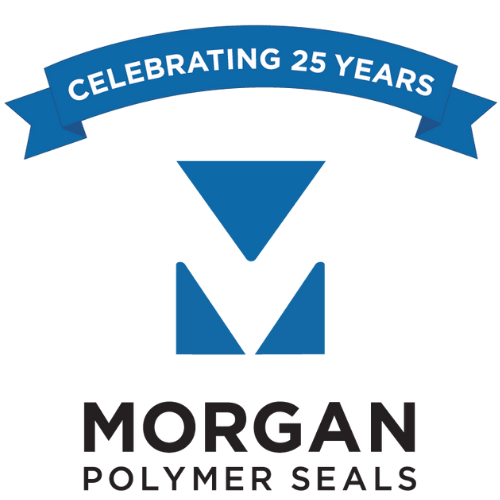Why Did We Develop Our Own Automated Vision Inspection System?
“MAGIC” system inspecting a filter plate with 3D laser technology.
Product inspection is a critical step in the manufacturing process, and in recent years, savvy manufacturers have embraced automated vision inspection machines to ensure defective parts are rejected and not shipped to customers. For automotive suppliers, delivering 100% defective-free parts is the expectation, especially when dealing with safety-related applications such as sealing fuel systems for cars.
Simple manual inspection, which relies on human hands and eyes to identify product defects, is at best 87% effective for rejecting defective parts. To achieve zero defective parts per million or "zero PPM," automated vision inspection uses a mechanical system of high-speed cameras and automation hardware, such as sensors, air solenoids, and turntables to provide a computer-aided visual analysis of manufactured parts. The automated system uses statistical analysis to identify potential defects in the part’s surface and classifies the defect based on similarity of contrast, texture, and geometry. The camera is essentially looking for the catalog of programmed defects, so the system can only detect what is programmed.
When automated vision inspection became a much-desired approach to achieving zero PPM, most manufacturers purchased turnkey vision inspection systems to inspect their finished goods. But at Morgan Polymer Seals, we’ve developed our own line of automated vision inspection machines.
Parts being sorted into line on Morgan Polymer vision inspection machine
Build vs. Buy
When General Motors awarded Morgan Polymer Seals the contract to manufacture capless refueling seals, one of the OEM’s requirements was that we use 100% automated vision inspection for the product verification since capless refueling is a safety-related application. At first, we purchased a commercially available inspection system which was sufficient for our initial program. The benefit of commercially available systems is that they provide an “out-of-the-box” solution to manufacturers who do not have the know-how or desire to build their own automated vision inspection system. The downside, is that most commercial vision inspection systems are rigid in product scope and costly.
So our automation engineers developed an automated vision inspection system specialized for our programs. The result was a system that we call "MAGIC": Morgan Automated Gasket Inspection Control. By designing and building our own machines we can provide our customers the benefit of increased capabilities, and lower costs.
Introducing MAGIC
Our expert automation engineers took on the challenge of developing an automated vision inspection system that would meet the specific needs of our automotive customers. Our team designed and built six unique MAGIC vision inspection systems that employ the same setup that commercial systems have: software, high-speed cameras, and automation hardware. The difference is that our machines are specialized to inspect a wide range of automotive gaskets and seals:
Carrier gaskets, which are rubber gaskets bonded to a metal or plastic backbone; examples include oil pan gaskets and capless refueling seals
Filter plates, which are similar to carrier gaskets but consist of a plastic carrier with insert-molded screens to filter contaminants from transmission fluid and metal compression limiters
PIP gaskets, which are press-in place gaskets that are inserted into a groove; they are often used for engines, transmissions, and electrical systems
Grommets and fastener seals
Electrical connectors
By building our own systems for vision inspection, we have the flexibility we want, the capacity to inspect the number of parts we need, and the ability to inspect a wide variety of components. With this exciting new technology in place, we inspect over 74 Million parts per year with our MAGIC systems.
Expanding Capabilities
While we are proud of our MAGIC systems, our automation team is always pushing the technology further. For example, we were not satisfied with the size limitations posed by traditional, camera-enabled vision inspection system so we’ve developed systems that can inspect larger parts, such as PIP gaskets. Morgan Polymer Seals has also introduced specialized 3D scanning technology capable of inspecting more complex parts such as filter plates and larger carrier gaskets. With each new machine we build, our MAGIC systems are raising the bar for vision inspection technology.
Conclusion
At Morgan Polymer Seals, we are committed to zero PPM, and our MAGIC systems have helped us earn distinguished quality awards for several consecutive years, including Ford "Zero PPM" and GM "Supplier Excellence." Our team is also a Q1 certified supplier to Ford Motor Company.
For more information about how our MAGIC systems can help support your program, click the button below to contact Morgan Polymer Seals.




